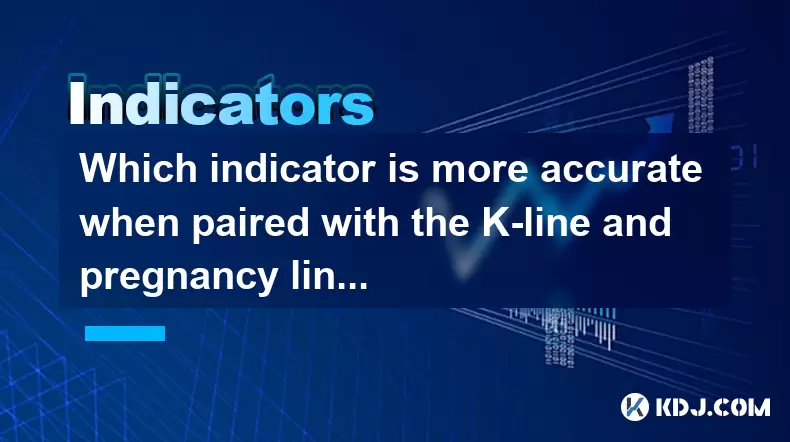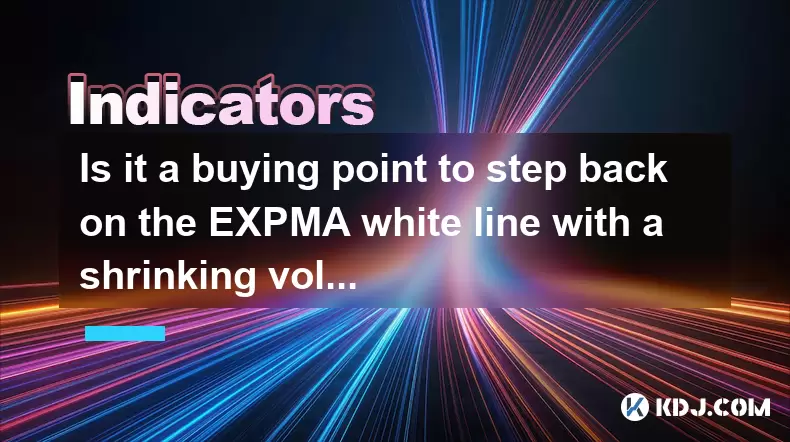-
 Bitcoin
Bitcoin $119300
1.07% -
 Ethereum
Ethereum $3730
3.87% -
 XRP
XRP $3.235
0.29% -
 Tether USDt
Tether USDt $1.000
0.00% -
 BNB
BNB $783.5
1.88% -
 Solana
Solana $188.7
0.25% -
 USDC
USDC $0.0000
-0.01% -
 Dogecoin
Dogecoin $0.2399
-0.44% -
 TRON
TRON $0.3157
2.37% -
 Cardano
Cardano $0.8254
1.94% -
 Hyperliquid
Hyperliquid $42.83
0.14% -
 Stellar
Stellar $0.4372
3.21% -
 Sui
Sui $3.859
4.91% -
 Chainlink
Chainlink $18.53
3.53% -
 Hedera
Hedera $0.2464
0.01% -
 Bitcoin Cash
Bitcoin Cash $519.8
2.46% -
 Avalanche
Avalanche $24.24
2.17% -
 Litecoin
Litecoin $113.7
0.73% -
 UNUS SED LEO
UNUS SED LEO $8.990
0.30% -
 Shiba Inu
Shiba Inu $0.00001390
0.21% -
 Toncoin
Toncoin $3.188
1.49% -
 Ethena USDe
Ethena USDe $1.001
0.02% -
 Polkadot
Polkadot $4.090
-0.91% -
 Uniswap
Uniswap $10.40
4.08% -
 Monero
Monero $326.6
3.12% -
 Bitget Token
Bitget Token $4.627
-0.42% -
 Pepe
Pepe $0.00001281
0.76% -
 Dai
Dai $1.000
0.01% -
 Aave
Aave $291.6
0.98% -
 Cronos
Cronos $0.1269
7.26%
What does it mean when the Williams indicator forms a W-bottom pattern in the oversold area?
The Williams %R W-bottom pattern signals a potential bullish reversal in crypto trading when the indicator forms two lows above -80, indicating weakening bearish momentum.
Jun 29, 2025 at 03:15 am

Understanding the Williams Indicator
The Williams %R (Williams Percent Range) is a momentum oscillator used in technical analysis to identify overbought or oversold conditions. It was developed by Larry Williams and typically operates on a scale from 0 to -100. Values above -20 are considered overbought, while values below -80 are deemed oversold.
When analyzing price movements in cryptocurrency trading, the Williams indicator can offer insights into potential reversal points. In particular, traders pay attention when the indicator forms specific patterns within the oversold or overbought zones. One such pattern is the W-bottom, which may signal a bullish reversal.
What Is a W-Bottom Pattern?
A W-bottom pattern is a chart formation that resembles the letter "W." It typically appears during a downtrend and suggests that the selling pressure is diminishing, potentially leading to a trend reversal.
In the context of the Williams indicator, a W-bottom occurs when the indicator reaches the oversold area (-80 or lower), bounces back, pulls back again, and then rises once more without touching the previous low. This double bottom formation indicates that buyers are gaining strength despite repeated attempts by sellers to push prices lower.
Identifying the W-Bottom in the Williams Indicator
To spot a W-bottom pattern on the Williams %R:
- Look for the indicator dropping below -80, entering the oversold zone.
- The first leg down ends with a bounce toward higher values (less negative).
- A second decline follows, but it doesn’t reach the prior low in terms of the indicator's value, forming the second bottom.
- A rise from this second bottom confirms the W-bottom pattern if it crosses above the midpoint between the two lows.
This configuration implies that even though the price may still be declining, the momentum behind the decline is weakening, suggesting a possible bullish reversal.
Correlation Between Price Action and Williams W-Bottom
It’s crucial to align the Williams indicator W-bottom with actual price behavior on the chart. While the indicator might show a W-bottom, the corresponding candlestick or bar chart should also exhibit signs of a reversal, such as:
- Bullish candlestick patterns near support levels
- Volume increases during the second rebound
- Price rejection at key support zones
If both the Williams indicator and the price chart confirm the W-bottom pattern, the likelihood of a successful trade setup increases significantly.
Trading Strategy Using the W-Bottom Pattern
For traders interested in capitalizing on this pattern in the crypto market:
- Entry Point: Consider opening a long position after the Williams %R rises above the midpoint of the W-bottom. Alternatively, wait for a breakout above a recent swing high on the price chart.
- Stop Loss: Place a stop loss just below the lowest point of the W-bottom to protect against further downside.
- Take Profit: Use a risk-to-reward ratio of at least 1:2. Measure the distance from the entry point to the stop loss and project that distance upward from the entry for a target level.
Ensure that you’re using additional tools like moving averages or volume indicators to filter false signals and enhance accuracy.
Common Pitfalls When Interpreting the W-Bottom Pattern
Traders must be cautious of several common mistakes when interpreting a W-bottom in the Williams indicator:
- Premature Entry: Jumping into a trade before confirmation can lead to losses if the pattern fails.
- Ignoring Price Context: Relying solely on the indicator without confirming with price action or volume often results in poor outcomes.
- Misidentifying the Pattern: Not all double bottoms qualify as W-bottoms; ensure the structure clearly matches the definition.
Avoid making trades based only on the appearance of the pattern without proper validation through other technical tools.
Frequently Asked Questions
Q: Can the Williams W-bottom pattern appear in any time frame?
Yes, the W-bottom pattern can form on any time frame, from 1-minute charts to weekly charts. However, patterns observed on higher time frames (like 4-hour or daily) tend to be more reliable due to reduced noise and increased participation from institutional traders.
Q: Should I always trade the W-bottom pattern when it appears in the oversold area?
No, not every W-bottom in the oversold zone leads to a reversal. It’s essential to assess broader market conditions, such as trend direction, volume, and support/resistance levels before deciding to trade.
Q: How does the Williams %R compare to the RSI when identifying W-bottom patterns?
Both Williams %R and RSI are momentum oscillators, but they differ in calculation and interpretation. The RSI ranges from 0 to 100 and uses thresholds of 30 and 70 for oversold/overbought. The Williams %R is more sensitive to short-term price changes and may provide earlier signals, though it can also produce more false positives.
Q: Can the W-bottom pattern occur in the overbought area?
Yes, an inverse pattern known as the M-top can appear in the overbought area, signaling a bearish reversal. It mirrors the W-bottom but is flipped upside down, forming two peaks instead of two lows.
Disclaimer:info@kdj.com
The information provided is not trading advice. kdj.com does not assume any responsibility for any investments made based on the information provided in this article. Cryptocurrencies are highly volatile and it is highly recommended that you invest with caution after thorough research!
If you believe that the content used on this website infringes your copyright, please contact us immediately (info@kdj.com) and we will delete it promptly.
- TRON, Crypto Payroll, and Stablecoins: A New York Minute on the Future of Finance
- 2025-07-25 08:30:11
- WazirX, Revote, and Crypto Unlock: A New York Minute on the Latest Developments
- 2025-07-25 06:50:11
- Hong Kong Stablecoin Regulation: Navigating the Hype and Hurdles
- 2025-07-25 08:30:11
- Bitcoin LTHs, CDD Ratio, and Distribution: What's the Deal?
- 2025-07-25 08:50:12
- Satoshi-Era Bitcoin Whale Awakens: $469 Million in BTC on the Move
- 2025-07-25 06:30:11
- TIA Tokens, Crypto Shift & Ripple Effect: What's the Deal?
- 2025-07-25 07:10:11
Related knowledge

Should I go all in when DIF crosses DEA?
Jul 25,2025 at 12:42am
Understanding DIF and DEA in MACD AnalysisWhen traders analyze DIF and DEA in the context of the Moving Average Convergence Divergence (MACD) indicato...

Should I go all in when the upper edge of the box is broken?
Jul 25,2025 at 01:50am
Understanding the 'Box' in Cryptocurrency Price ChartsThe term 'box' in cryptocurrency trading typically refers to a price consolidation range where t...

Should I go all in when the parabolic turning signal appears?
Jul 25,2025 at 06:36am
Understanding the Parabolic Turning Signal in Crypto TradingThe parabolic turning signal is a technical indicator derived from the Parabolic SAR (Stop...

Should I follow up with a full position when the trading volume suddenly increases?
Jul 25,2025 at 12:28am
Understanding Sudden Increases in Trading VolumeA sudden spike in trading volume often signals heightened market activity and can indicate that new in...

Which indicator is more accurate when paired with the K-line and pregnancy line combination?
Jul 25,2025 at 05:43am
Understanding the K-Line and Pregnancy Line CombinationThe K-line, also known as the Japanese candlestick chart, is a foundational tool in technical a...

Is it a buying point to step back on the EXPMA white line with a shrinking volume?
Jul 25,2025 at 08:56am
Understanding the EXPMA Indicator and Its White LineThe Exponential Moving Average (EXPMA) is a technical analysis tool widely used in cryptocurrency ...

Should I go all in when DIF crosses DEA?
Jul 25,2025 at 12:42am
Understanding DIF and DEA in MACD AnalysisWhen traders analyze DIF and DEA in the context of the Moving Average Convergence Divergence (MACD) indicato...

Should I go all in when the upper edge of the box is broken?
Jul 25,2025 at 01:50am
Understanding the 'Box' in Cryptocurrency Price ChartsThe term 'box' in cryptocurrency trading typically refers to a price consolidation range where t...

Should I go all in when the parabolic turning signal appears?
Jul 25,2025 at 06:36am
Understanding the Parabolic Turning Signal in Crypto TradingThe parabolic turning signal is a technical indicator derived from the Parabolic SAR (Stop...

Should I follow up with a full position when the trading volume suddenly increases?
Jul 25,2025 at 12:28am
Understanding Sudden Increases in Trading VolumeA sudden spike in trading volume often signals heightened market activity and can indicate that new in...

Which indicator is more accurate when paired with the K-line and pregnancy line combination?
Jul 25,2025 at 05:43am
Understanding the K-Line and Pregnancy Line CombinationThe K-line, also known as the Japanese candlestick chart, is a foundational tool in technical a...

Is it a buying point to step back on the EXPMA white line with a shrinking volume?
Jul 25,2025 at 08:56am
Understanding the EXPMA Indicator and Its White LineThe Exponential Moving Average (EXPMA) is a technical analysis tool widely used in cryptocurrency ...
See all articles

























































































